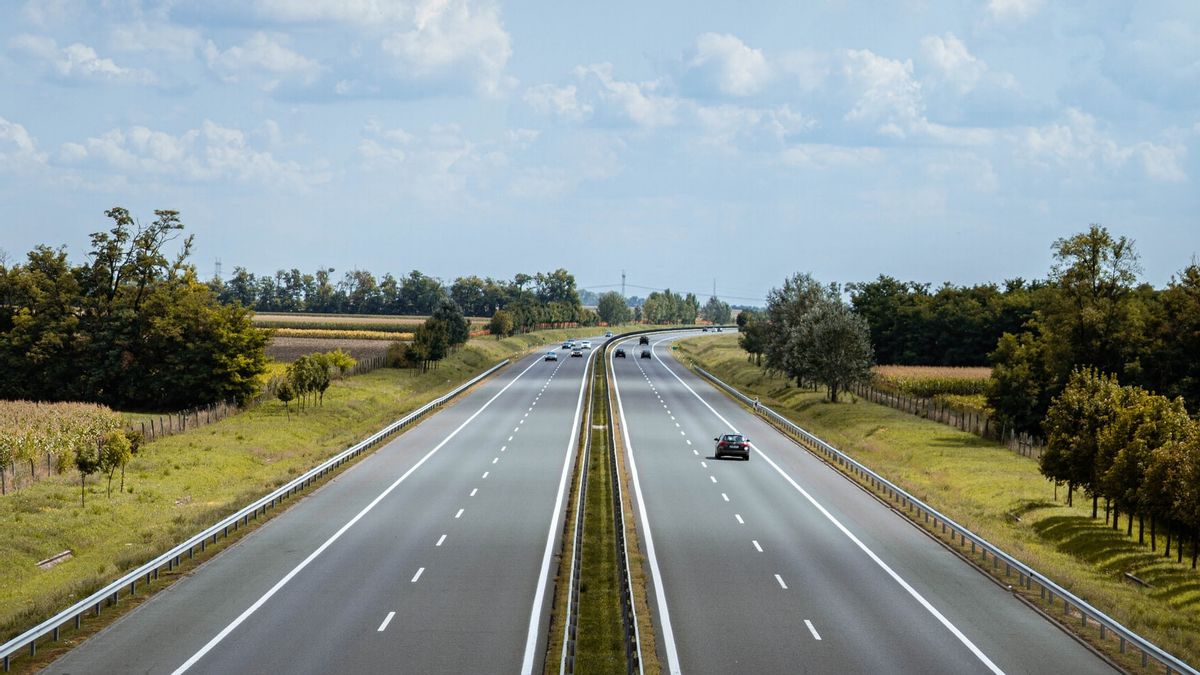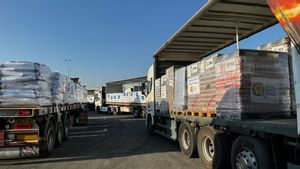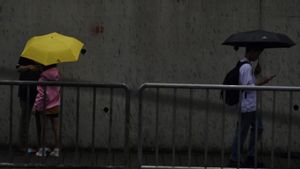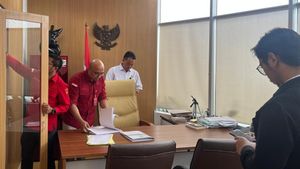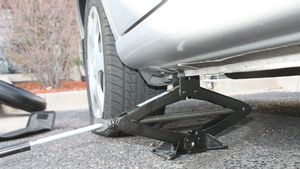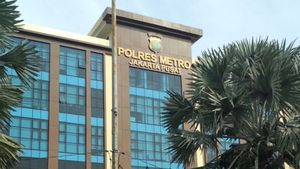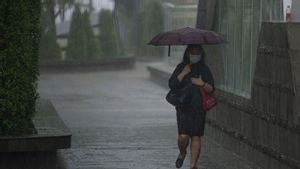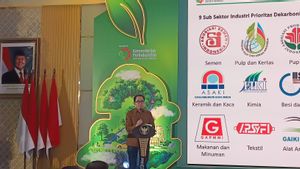JAKARTA - Toll roads in Indonesia often have problems ranging from subsidence to holes. Transportation observer Djoko Setijowarno assesses the cause is a recurring problem. In fact, according to him, toll road managers should have been able to anticipate it.
Djoko said there are two important things that must be considered in toll road construction, namely the carrying capacity of the construction and the carrying capacity of the surrounding environment. Both must be executed, there cannot be just one. Because it could cause problems at a later date.
Furthermore, Djoko said that the carrying capacity of the environment in the construction site of the toll road can be identified through the recommendation of an environmental impact analysis study (AMDAL). According to him, AMDAL is a crucial matter that must also be considered before building toll roads.
For example, said Djoko, the recent collapse of the Cikampek-Palimanan (Cipali) toll road in the 122 kilometer (KM) direction of Jakarta is thought to have been caused by the failure to carry out the AMDAL recommendations during the toll road construction.
The subsidence of the toll lane made the road impassable and officers imposed a contraflow or counter-flow system at the location. As a result, there was congestion and made the logistics distribution of the insured.
"So I suspect that AMDAL has never been carried out. It means we are not talking about the carrying capacity of road construction. But also talking about the carrying capacity of the environment. How is the surrounding environment? Is it supported or not? We have to open the AMDAL document. It should have been during the construction first, the AMDAL document was opened. "Look at the recommendations. I'm sure it wasn't done," he said, when contacted by VOI, in Jakarta, Tuesday, February 9.
Djoko said, the construction of the Cipali Toll Road only pays attention to the construction problem. Meanwhile, the AMDAL recommendation was not heeded. In fact, the recommendation could explain what should be done before building a toll road.
"Maybe there is an AMDAL recommendation that has not been implemented. So this is an environmental issue. Don't just talk about construction. What is the carrying capacity of the environment. The AMDAL gives this recommendation is an item, who carries out (supervision during toll road construction)? Nothing. Sumatra Toll Road also the same, "he said.
Djoko's allegations are reinforced by the fact that the Cipali Toll Road has also collapsed due to flooding in 2016. The point is located at kilometer 79, precisely in the area of Kampung Citenjo, Cimahi Village, Campaka District, Purwakarta, West Java. At this point, the shoulder of the toll road collapsed along five meters with a depth of more than 10 meters.
"In 2016. It was also flooded in 2016. There have been several floods in Cipali. Only the point is different. It is not as bad as it is today. So it is possible that at the time it was built, the AMDAL study was not seen. No one was watching, try asking the PUPR Ministry," he said. .
[/ read_more]
ODOL causes potholesNot only collapsed, the roads on toll roads are also damaged and have potholes. Trucks with excess loads or what is commonly called over dimension over load (ODOL) are the cause. Djoko assessed that this problem is also an old problem that continues to be repeated.
"During the COVID-19 pandemic, ODOL trucks were rampant. There were no tickets. So, more or less, it also affected road damage, like on the Cikampek toll road. It's complicated. The problem is complex," he said.
In addition, said Djoko, the heavy rains that continued to flush in some areas in Indonesia had caused toll roads to fall in more frequent rains and created puddles. This makes the road asphalt brittle.
It is better, Djoko said, if road users find such conditions to avoid and look for other alternatives. However, according to him, if it only rains, especially on toll roads, reduce speed while seeking information about the condition of the toll roads that will be passed.
Previously, dozens of cars had gone viral on social media with tire bursts on the Jakarta-Cikampek kilometer (KM) 39 toll road. The incident occurred on Sunday, February 7. The reason is because the road conditions are damaged and potholes.
Jasa Marga acknowledged the incident and has apologized for the incident. A vehicle with a broken tire is required to file a claim for damage or compensation.
As a follow up, Jasa Marga ensures that it has repaired the potholes. Jasa Marga is also carrying out road repairs on the Jakarta-Cikampek Toll Road. The work location is on lane 2 at KM 35 + 212 to KM 35 + 307 on the Cikampek direction. The 95 meter long work is carried out from 15.00 WIB to Friday, February 12 at 13.00 WIB.
Jasa Marga has prepared risk mitigation to anticipate the density of the impact of this work. One of them is by imposing an open-close scheme for partial lane 1 and lane 2 at KM 35 + 212 to KM 35 + 307 for the Cikampek direction.
[/ read_more]
The English, Chinese, Japanese, Arabic, and French versions are automatically generated by the AI. So there may still be inaccuracies in translating, please always see Indonesian as our main language. (system supported by DigitalSiber.id)
